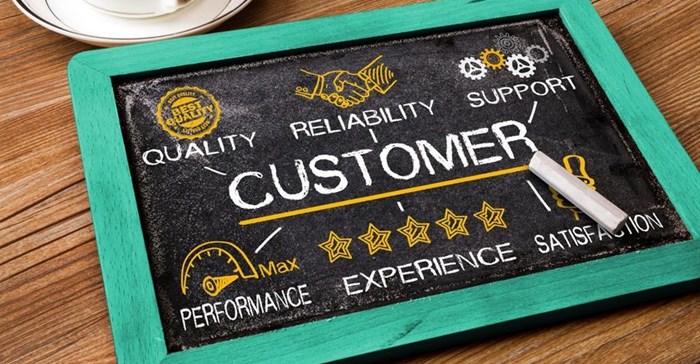
Delivery of true, multi-channel customer experience has become the latest area where sales and marketing leaders are testing the boundaries of their relationship status—understanding and cooperating on what’s needed but neither taking the lead (or risk) for ownership and operation of this emerging area of business value creation.
The report, entitled “Customer Experience Dynamics: Defining the Requirements for a Strong CX Ecosystem,” notes that 61% of sales executives and 57% of marketing leaders have aligned around the definition of customer experience. Both agree that the term embraces a comprehensive strategy for assessing how the enterprise engages, reacts and proactively relates with customers in their moment of need and in the channels that they expect. Old bitterness over perceived ‘marketing buzzwords’ is gone, as only 7% of sales leaders feel that ‘customer experience’ is just jargon.
Both functional leaders believe that their individual mandate centres on growth, with sales being directed to capture and acquire new customers and marketing having a mandate to accelerate revenue growth. However, only 14% of sales and 12% of marketing professionals believe their organisation’s ability to deliver connected, personalised, contextual experiences is exceptional, regardless of channel and across the entire organisation.
“Yes, sales and marketing are finally singing from the same customer experience song sheet, fully aligned on definitions and overarching mandates for revenue growth,” noted Liz Miller, senior VP of marketing for the CMO Council. “But a single song sheet is not enough to develop and execute a company-wide customer-focused strategy that reaches beyond the execution of a couple connected campaigns. What is needed is strong leadership and vision, bolstered with the insight and intelligence that can power each function’s goals for growth and customer value creation.”
Few sales or marketing executives believe they have the tools or technology in place to drive a strategy across the entire organisation, feeling that they are better set up to execute limited sales or marketing campaigns rather than an organisation-wide customer experience strategy. According to 35% of sales executives and 38% of marketing leaders, data and customer intelligence are limited to insights pulled from within sales or marketing silos. Less than one in four sales executives and only 39% of marketers believe they have total access to a comprehensive view of the customer.
“For too long, sales and marketing have quarrelled over definitions, fighting for control of political leverage within the confines of the organisation,” noted Gerhard Gschwandtner, founder and CEO of SellingPower magazine. “This friction has only had one casualty: the customer. The question will no longer be why sales and marketing can’t work together, but what the cost of the conflict will be as the dynamic chips away at the ability to deliver experiences and meet mandates for revenue acceleration and growth.”
The report features an outline of a customer experience ecosystem, as defined by the 198 sales and 169 marketing executives taking part in the survey. The model places the customer at the centre of business decisions and interaction, with the enterprise ecosystem defining where and how cross-functional teams lead, influence or contribute to the delivery of customer experience.
“To capitalise on our customer’s desire and expectation for experiences, we must start with a corporate ecosystem that is purpose-built to deliver customer experiences…this isn’t a problem that a technology-only approach can somehow solve,” noted Marcus Reubsam, senior VP for SAP Hybris. “This is about accepting that the customer is a living being, complete with thoughts that can change behaviours in a moment. This live customer must be engaged through a live business—one that can shift and adapt in context of each customer, strengthened by real-time insights and an empathetic understanding of each customer.”
To download the complimentary report, click here. An infographic outlining the Customer Experience Ecosystem is available here and the findings of the study will be discussed at Sales 3.0 in Las Vegas on 19 September 2017.